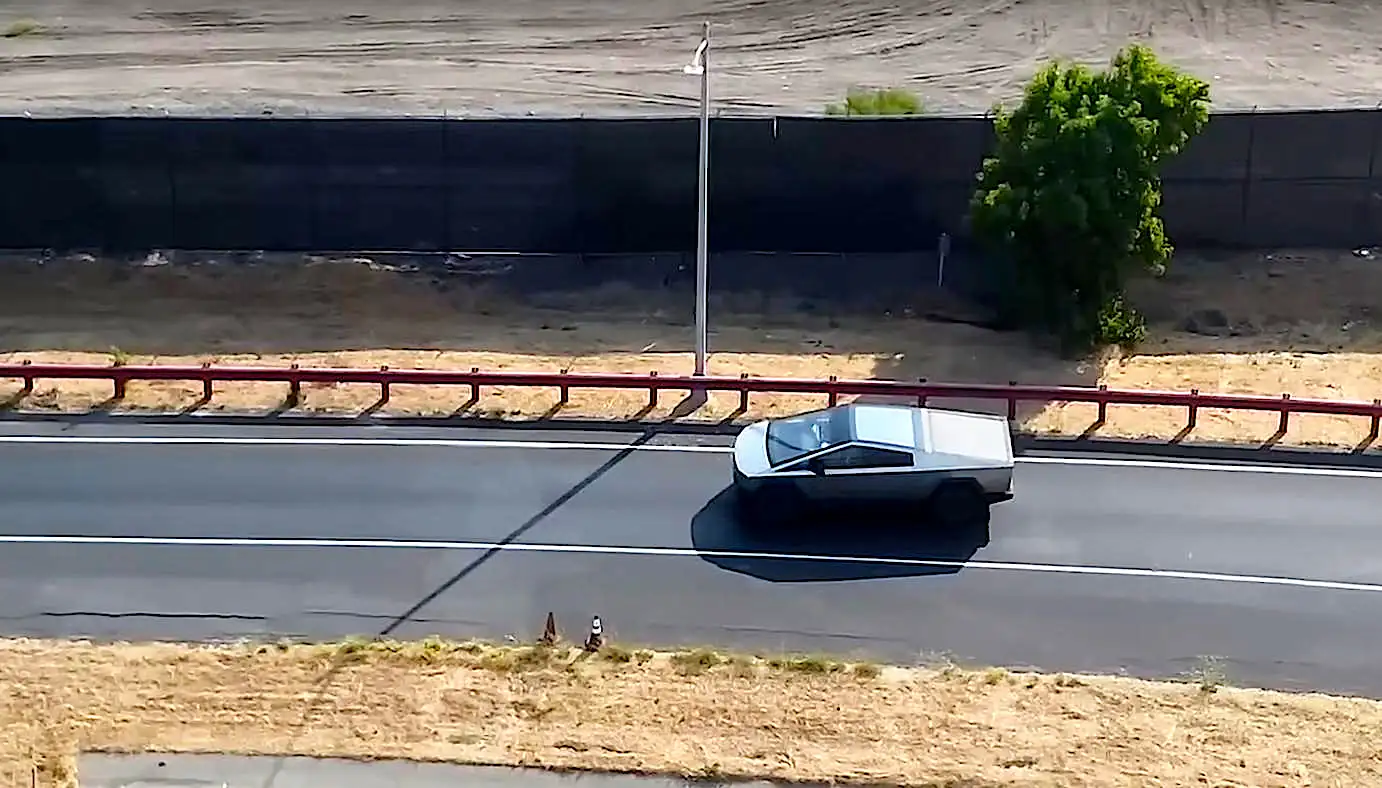The Tesla Cybertruck has been a topic of intense discussion, not just for its futuristic design and performance but also for its safety. As the Cybertruck rolls into the hands of customers, questions about its crashworthiness and safety ratings have taken center stage. This article dives deep into the crash test results, safety concerns, and what potential buyers need to know.
Crash Test Overview
Tesla’s In-House Testing

Tesla has conducted internal crash tests to ensure the Cybertruck complies with Federal Motor Vehicle Safety Standards (FMVSS). These tests include frontal impacts at 35 mph, side impacts at 38 mph, and rollover scenarios. While Tesla claims these tests demonstrate the Cybertruck’s safety for both occupants and pedestrians, the results have not been independently verified by organizations like the National Highway Traffic Safety Administration (NHTSA) or the Insurance Institute for Highway Safety (IIHS).
Lack of Independent Ratings
As of now, neither NHTSA nor IIHS has officially tested the Cybertruck. It is not included in NHTSA’s 2024 or 2025 five-star safety ratings program, and IIHS has no immediate plans to evaluate it unless consumer interest increases significantly. This lack of independent testing leaves a gap in understanding how the Cybertruck performs compared to other vehicles in its class.
Key Findings from Tesla’s Tests
Frontal Impact